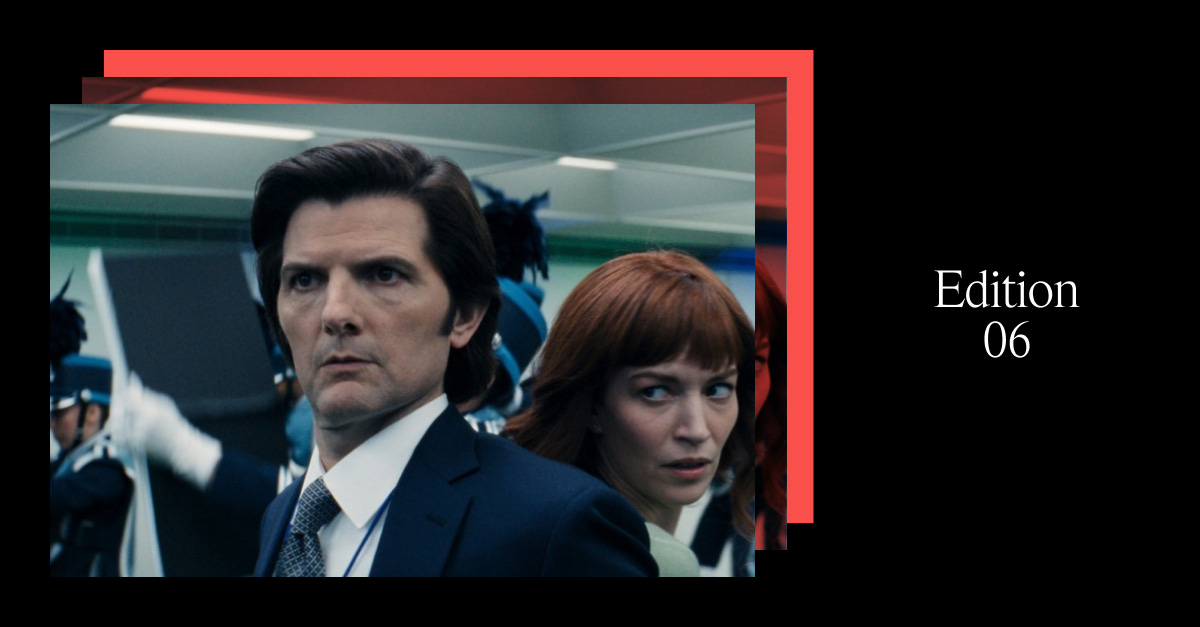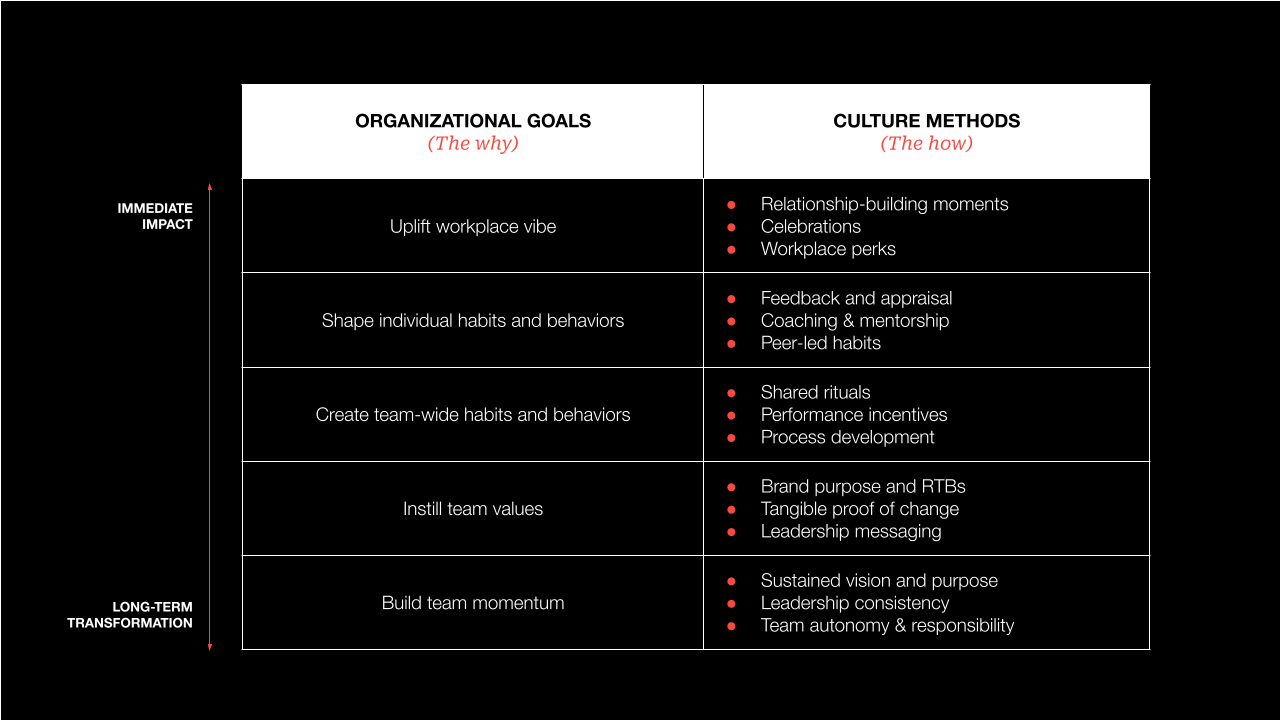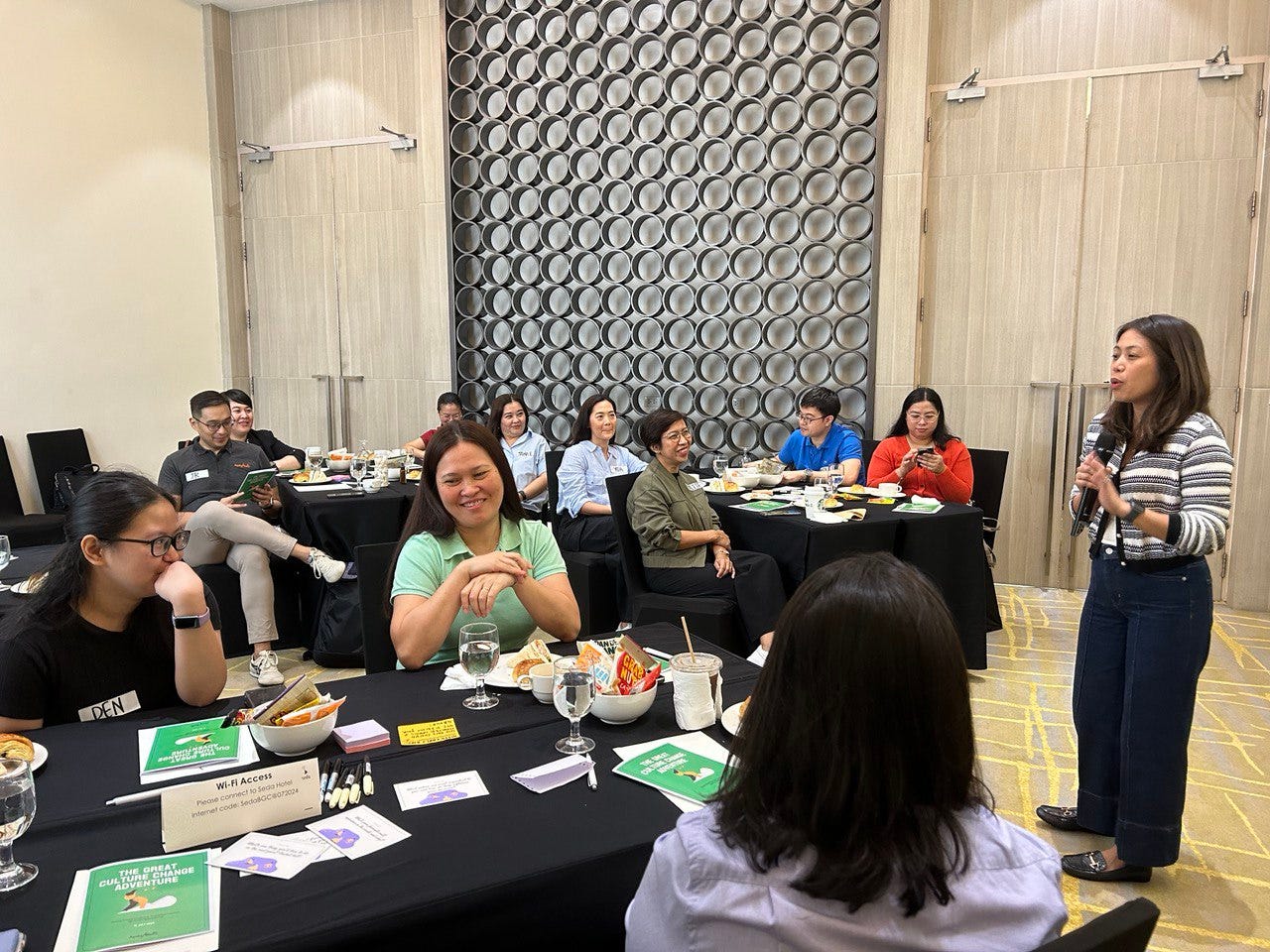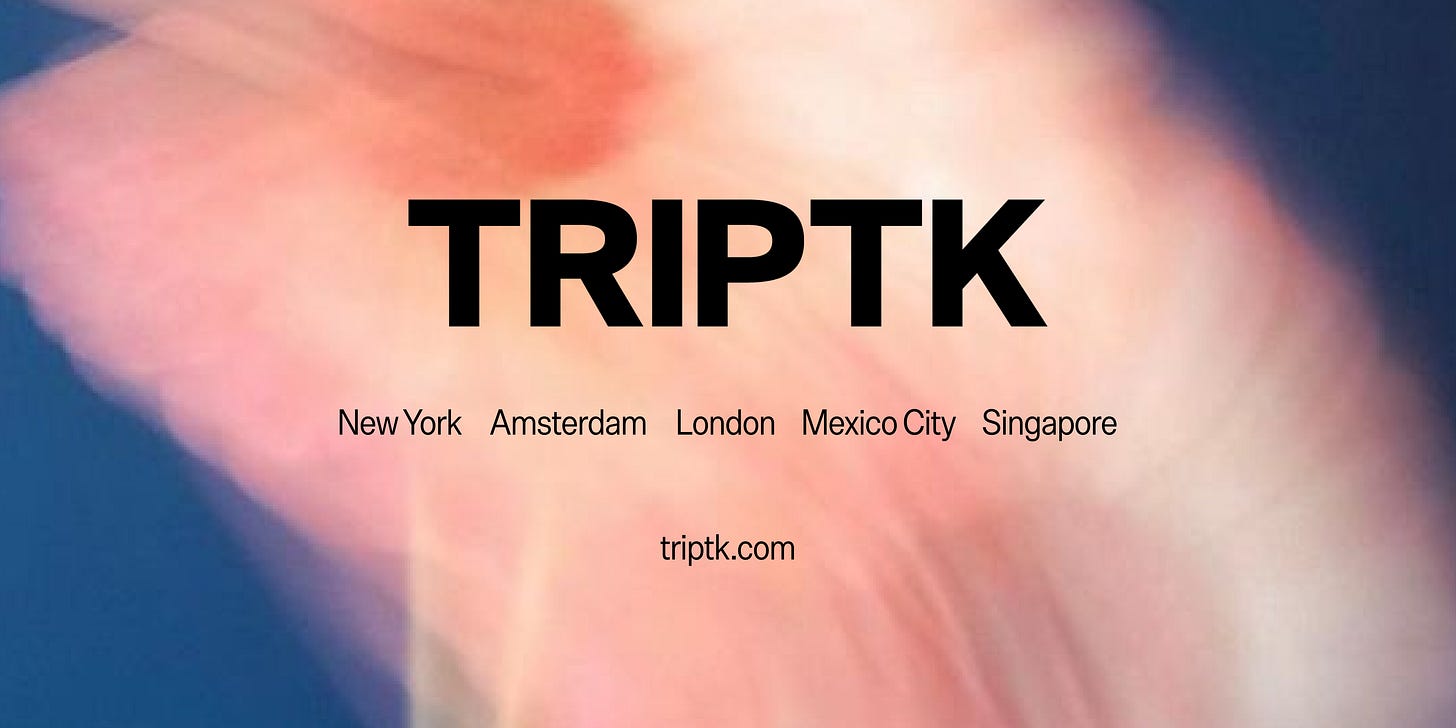Decoding the Slump: Why Brand is Key to Solving the Corporate Culture Crisis
Remind me again, why am I getting out of bed every day?
Each issue of Codex, written by a different member of the TRIPTK team, digs into the ephemera, artifacts, case studies, and conversations most interesting to them at the moment.
It’s for readers who want to give more to culture: to contribute vs. appropriate, embed vs. watch from afar, lead vs. follow. Join us for the ride.
This issue is written by our Singapore team—but the challenges we’ll explore are global, with takeaways that resonate across industries and geographies.


Decoding the corporate culture crisis
We spend a significant portion of our lives at work—it’s intertwined with our sense of self, and contributes to fundamental human needs:
We seek purpose by (trying) to find a job that we love
We pursue validation for our accomplishments
We crave belonging and safety within our working environments
It’s been proven that job and life satisfaction are highly correlated, but the workplace experience is falling short. US employee engagement is at its lowest in a decade. Young employees would rather be unemployed than unhappy. Pang Dong Lai, a supermarket chain in China, has even recently introduced Unhappy Leave in response to the country’s sweeping mental health crisis.
We’ve observed a few undercurrents driving this employee sentiment:
The great detachment: Employees are setting firm boundaries and rejecting burnout, fueled by a broader self-empowerment movement and growing corporate distrust. With trends like the Lazy Girl Job and the “Bai Lan” (let it rot) movement reflecting disillusionment with the corporate dream, it seems like being an engaged, highly-involved employee is no longer aspirational—it’s exhausting.
The identity crisis: Clearer work-life boundaries should give us more time for our passions and interests, but could also lead to existential crises. While 62% of millennials (and nearly half of Gen Z) define their identities by their careers), the newfound flexibility of hybrid models creates pressure to have a whole other life outside work, creating an unspoken tension.
The productivity paradox: With AI supercharging day-to-day efficiency, we find ourselves navigating shifting guardrails of what it means to be “high-performing.” The opportunity to redefine the unique value we create as employees is increasingly taking on tones of anxiety and uncertainty.
These forces reflect a broken framework for internal culture. Employees are not disengaged simply because they’re jaded, but because they’re struggling to figure out their ideal working environment and culture in a new world of work.
“There’s really no such thing as internal culture anymore. Your culture is always public, and it’s your most powerful, public-facing asset or liability.” David Mattin, Trendwatching
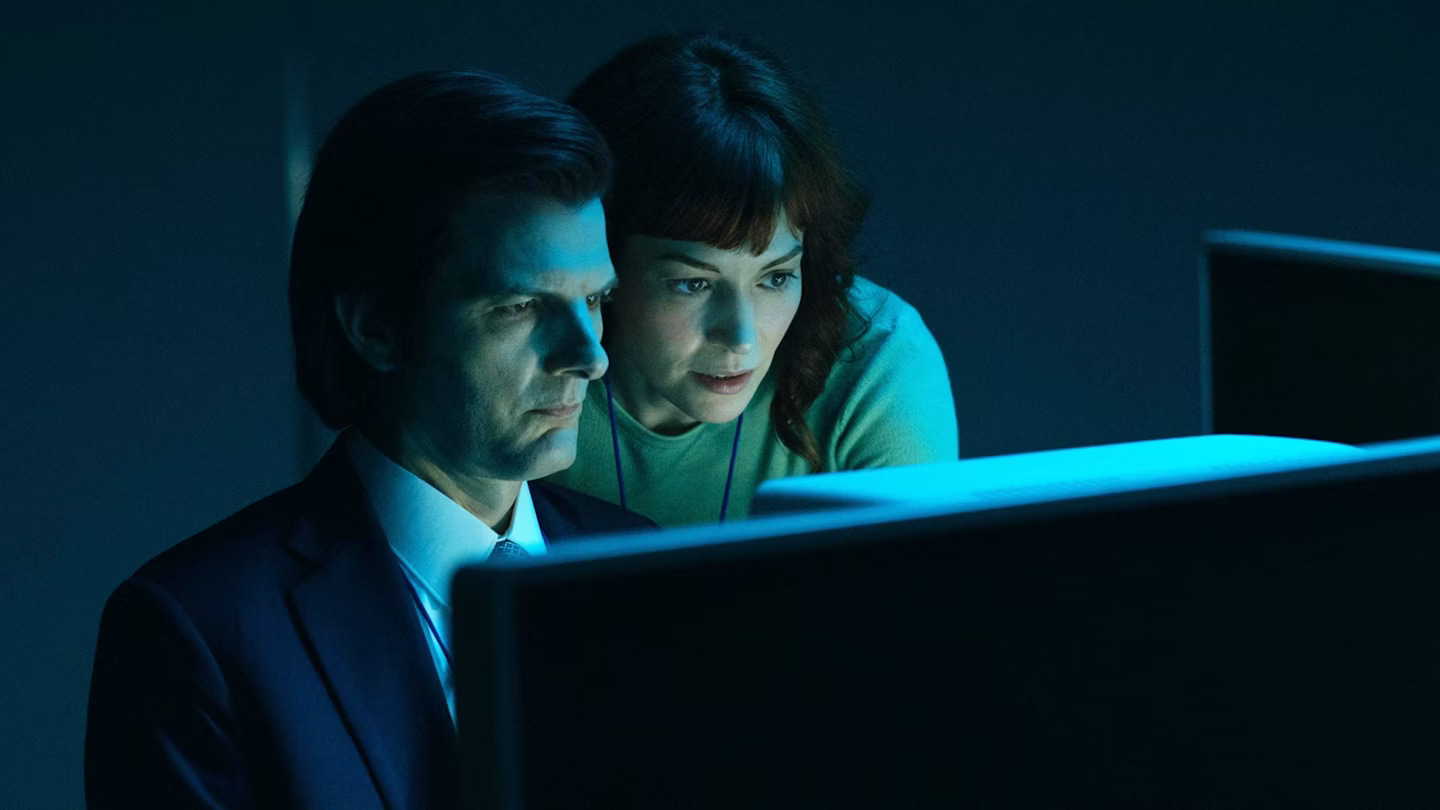
This is a pivotal moment to reimagine the workplace of the future—from one that leaves many disillusioned, to one that reconnects with core human needs and builds resilience for both employees and businesses in an evolving landscape.
Recoding the future of workplace culture
To rebuild corporate culture for employees to thrive, we must intentionally design culture as a strategic asset, not leave it to chance. We believe in the power of brand as a North Star for organizational culture—if brand strategy is the why, culture is the how. Strategy sets the direction, but culture drives the journey.
To meet the gaps in purpose, validation and belonging, organization should begin to build around a few foundational imperatives:
Root in brand-driven purpose
Instead of leaving culture to chance, anchor the employee experience in purpose. This grounds the business in meaning, and shapes a culture that goes beyond “good vibes.” A powerful culture should influence values, behaviors and decisions, amplifying business strategies and strengthening competitiveness.

Pinpoint a clear “why” and “how”
Employee benefits and loose initiatives only scratch the surface of culture change. Effective culture building is layered and intentional. Initiatives and KPIs must align with distinct organizational goals to affect deeper, lasting change. This means building momentum and sparking energy, while also thoughtfully shifting the deeper forces of the organization.
Define “belonging” for your culture, specifically
Belonging is not just about birthday parties and Friday socials. It’s about feeling personally connected to and valued by your organization, in a way that reinforces the brand’s DNA. Everyday behaviors, policies, language and rituals are what nurtures this sense of belonging—so the brand feels real and relevant, one that employees truly see themselves as a meaningful part of.

The future of work isn’t about forcing change and institutionalizing engagement, but setting the right conditions for it. Culture must be embedded across organizational structures, processes, environments, and actions. It’s not a page in an employee handbook, but what gives brand strategy intention, heft and momentum.

We’ve seen how transformative this approach can be. At TRIPTK, we take a systemic approach to culture change with a philosophy based on five key tenets:
Culture Diagnostic: A comprehensive diagnostic of the organization’s current culture, what’s boosting or blocking change
Culture Visioning: Defining the organization’s purpose and how culture plays a role in achieving that, with supporting values and behaviors
Culture Activation: Creating the right conditions for change, using behavioral experimentation to test, iterate and implement
Culture Amplification: Amplifying and aligning culture, signaling change and designing how we show up in a cohesive way internally and externally
Culture Embedding: Training and success metrics to build a lasting, living culture
Recently, we partnered with Ayala Malls, a leading developer in the Philippines, to create a future-ready culture for a new phase of business growth. We engaged a group of Culture Champions to co-create behaviors and design a roadmap to ignite change at scale, rallying the organization around a culture geared for agility and innovation.
Today, culture is as essential to fulfilling market potential as brand and business strategy. Be it an incremental change or a commitment to complete transformation—it’s critical to get culture change started.
Worthy recommendations from Alyson Ho
Each issue, we share a series of recommendations from our team—both cultural artifacts (podcasts, books, essays, movies, playlists) and more philosophical pursuits (questions, processes, advice).
Article? The possibility of Severance being real, from a neuroscientist
Still trying to figure out if brains can actually be compartmentalized? A neuroscientist weighs in on how we’re technically already severed between dreaming and waking, infancy and adulthood—a world of innies and outies is not that far away after all.
Community? Corporate Rebels, where transformation is a team sport
A treasure trove of resources, inspiration from the world’s most progressive companies, and a network to make work fun together—because transformation is a team sport.
Website? Linkedout — if you’re here, you’re not on LinkedIn
A fun tool, and a reminder to take a pause from work. Read an article completely unrelated to what you’re doing, discover new music suggestions or find a nearby park to wander about.
Links shared this month in Slack / over text / in decks
How To Avoid Culture Rot (Fast Company): “Brands and creators are churning out this endless stream of stuff, much of which isn’t actually landing, making a difference, or shifting how people are living in the real world.”
So you want to smell like cocaine? How perfumery is mining drug culture (Dazed): “Whether it’s the weed-inspired notes of CDG’s Ganja or 19-69’s Purple Kush to the sharp bite of ATH’s MDMA-inspired Hard Candy or the Tom Ford fragrance Tuscan Leather which smells like cocaine, perfumery continues to mine drug culture for inspiration.”
Belmond Hotel Group's Anti-TikTok, Slow TV Marketing Push (The Skift): “LVMH's hotel group Belmond, where rooms regularly start north of $1,000 per night, has begun sharing hour-long videos of ... nothing much happening. And it might be the year's most notable marketing play by an ultra-luxury brand.”
How The Beauty Campaign Film Became A Vehicle For Social Impact (Forbes): “At first glance, YSL Beauty’s ‘Don’t Call it Love’ short looks like any other luxury brand advertisement. Instead, it subverts tropes typically favored by the genre to call attention to the warning signs of domestic abuse.”
View From The Top (Stanford Graduate School): “The most important thing that leaders do is to have a deep curiosity for solving problems, and bring people together to do something that nobody thought was possible.”’
About TRIPTK & Codex
TRIPTK is a brand & innovation consultancy. We partner with leaders to decode and recode critical cultural shifts, creating brand value for today and tomorrow.
Codex is a monthly newsletter sharing the TRIPTK perspective. It’s for readers who want to give more to culture: to contribute vs. appropriate, embed vs. watch from afar, lead vs. follow.
Any outsized opinions expressed here are solely the authors and do not represent the opinion of the company. If you like this newsletter, consider subscribing – or sharing with others who might enjoy it. Feel free to comment, email, say hey, and/or send us things to read.



